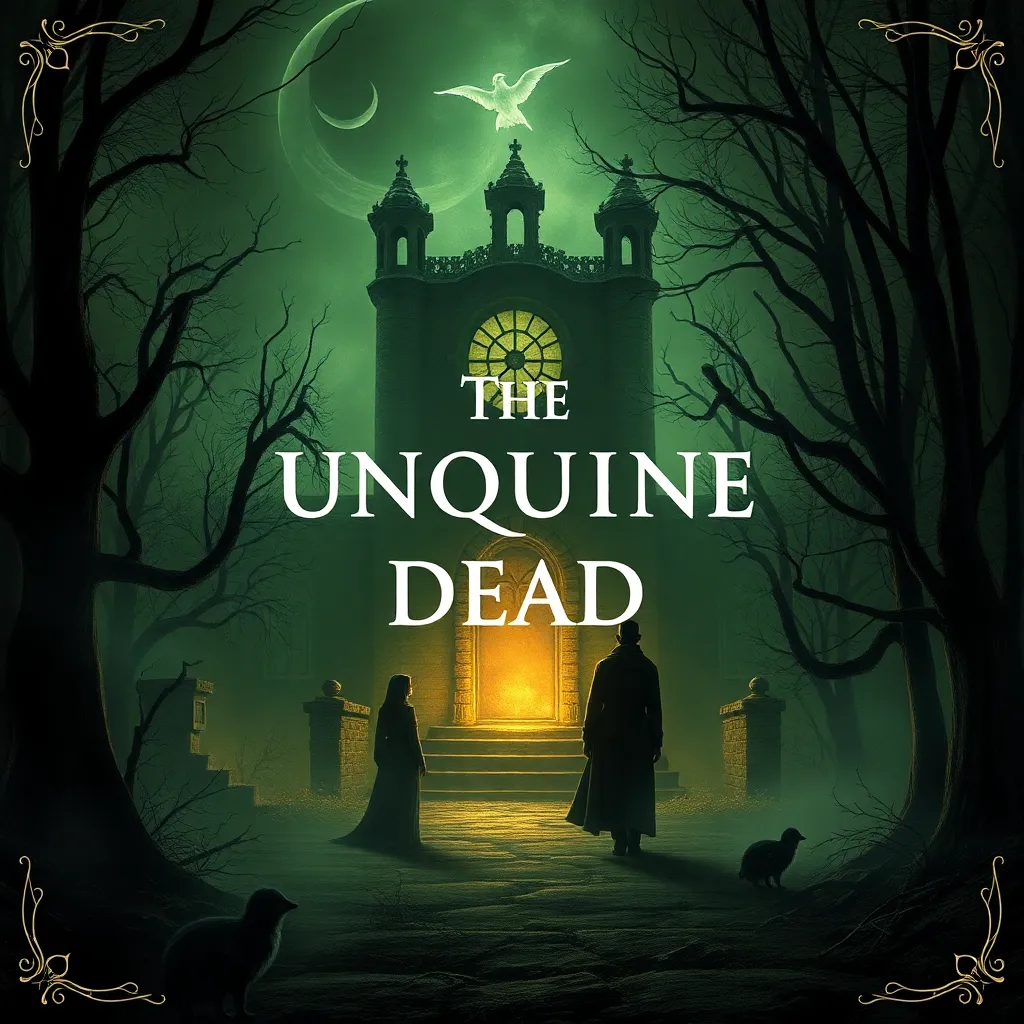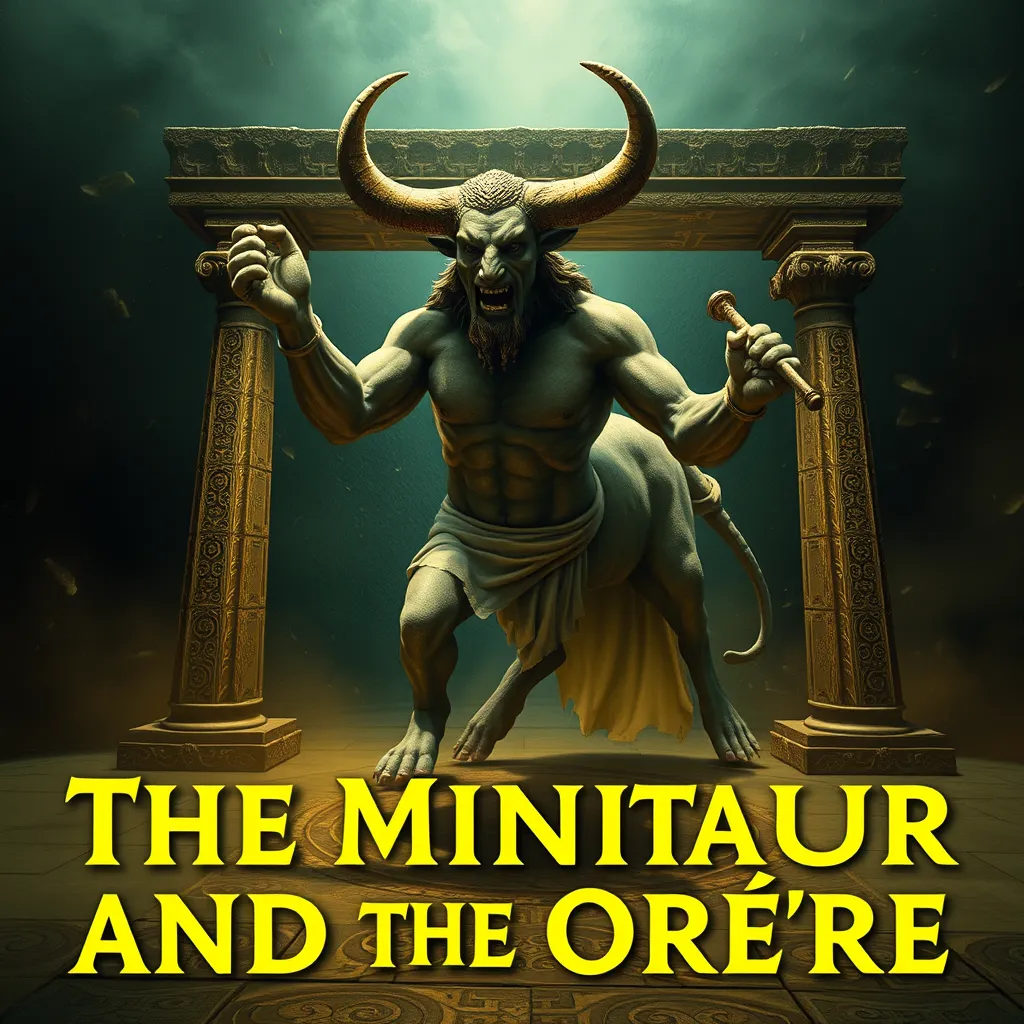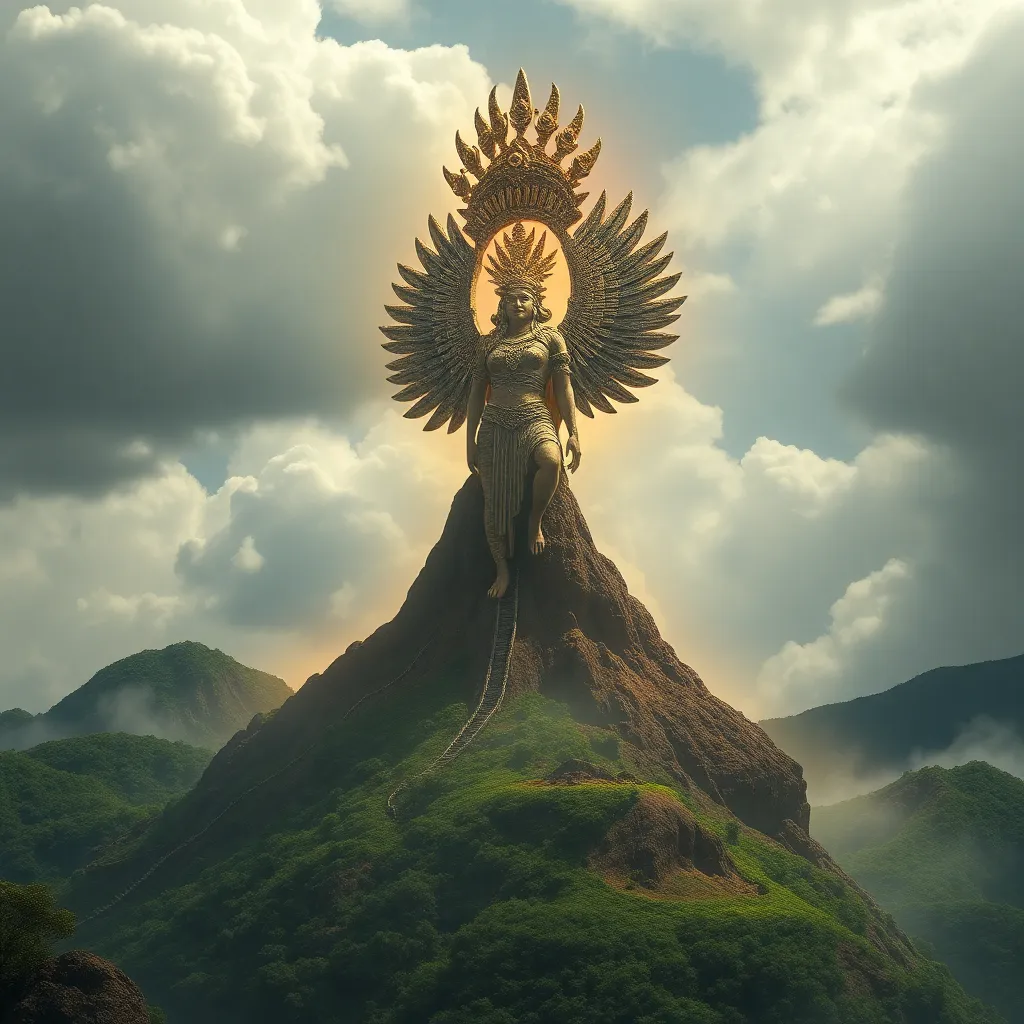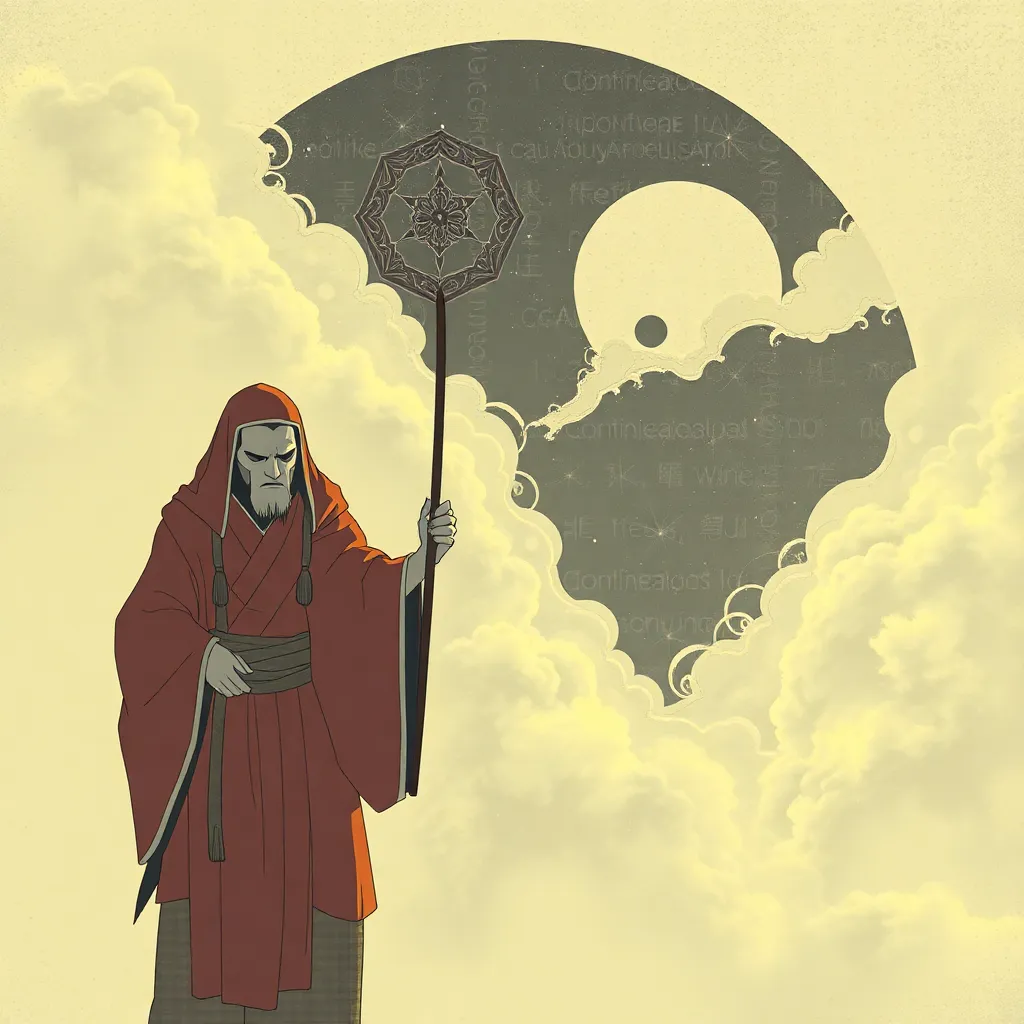The Unquiet Dead: Exploring Victorian Ghostlore and the Rise of Spiritualism
I. Introduction
The Victorian era, spanning from 1837 to 1901, was a time of immense social, cultural, and technological transformation. One of the more peculiar fascinations of this period was its preoccupation with death, the afterlife, and the supernatural. As society grappled with rapid changes brought on by industrialization and urbanization, the interest in death and what lay beyond it became a vital part of the Victorian psyche.
Ghostlore and spiritualism emerged as significant cultural phenomena during this time, reflecting the era’s anxieties and curiosities. Ghost stories not only entertained but also served as a medium for exploring the mysteries and uncertainties surrounding death. This article aims to explore the intersection of ghostlore and spiritualism within the Victorian context, examining their historical roots, key figures, and lasting impact on modern perceptions of the supernatural.
II. The Historical Context of the Victorian Era
The Victorian period was marked by profound social and cultural changes. The Industrial Revolution transformed economies from agrarian to industrial, leading to urban migration, changing family structures, and a shift in social norms. Amidst this backdrop, death took on new meanings and rituals, as traditional practices were challenged by modernity.
Industrialization also altered the landscape of death and mourning. Mortality rates were high due to poverty, disease, and the harsh realities of urban life, which led to an increased focus on the afterlife. The rise of the middle class brought about new mourning customs, including elaborate funerals, mourning attire, and the establishment of cemeteries designed for public display.
Simultaneously, the decline of organized religion’s authority opened the door for alternative beliefs, including spiritualism. As scientific advancements began to challenge traditional religious views, many Victorians sought new explanations for life and death, leading to a growing interest in the supernatural.
III. The Emergence of Ghostlore
Victorian ghost stories represent a unique blend of folklore and literature, characterized by their exploration of fear, morality, and the unknown. These narratives often featured supernatural occurrences that blurred the line between reality and the ethereal, captivating readers with their eerie atmospheres and unsettling themes.
Key authors of the time made significant contributions to ghostlore:
- Charles Dickens: Known for his ghostly tales, particularly “A Christmas Carol,” Dickens used the supernatural to comment on social issues and morality.
- M.R. James: A master of the ghost story, James crafted chilling narratives that often involved antiquarian themes and scholarly pursuits, emphasizing the uncanny.
- Shirley Jackson: Although her work came later, her influence on the ghost story genre cannot be overlooked, as she explored psychological horror intertwined with the supernatural.
Popular themes in Victorian ghost stories included:
- Unfinished business or unresolved issues of the deceased.
- Revenge from beyond the grave.
- Hauntings tied to specific locations, often emphasizing the connection to history.
- The moral implications of actions taken during life.
IV. The Rise of Spiritualism
Spiritualism emerged in the mid-19th century, rooted in the belief that the living could communicate with the spirits of the dead. This movement gained traction in the wake of personal tragedies and societal upheaval, offering comfort and hope to those grieving lost loved ones.
Key figures in the spiritualist movement included:
- The Fox Sisters: Their alleged communication with spirits in Hydesville, New York, in 1848 sparked widespread interest in spiritualism.
- Andrew Jackson Davis: An influential medium and author, Davis wrote extensively about spiritualism and the interconnectedness of life and death.
The appeal of spiritualism to Victorian society lay in its promise of continued existence beyond death, a comforting notion amid the frequent loss and trauma of the era. Spiritualists held seances, conducted mediumistic practices, and produced literature that detailed their experiences, creating a vibrant culture around these beliefs.
V. The Connection Between Ghostlore and Spiritualism
Ghost stories and spiritualism were intricately linked in Victorian culture. Ghost stories often reflected the beliefs of spiritualists, portraying the dead as active participants in the lives of the living. These narratives served as both entertainment and validation of the spiritualist claims, reinforcing the notion that the dead could still influence the living world.
The interplay between fiction and belief was pervasive, as many readers began to perceive ghost stories as more than mere fiction. They became a way to explore and validate the mysteries of the afterlife, blurring the lines between reality and imagination.
Furthermore, ghost stories played a significant role in the popularity of the spiritualist movement, as they often depicted the process of contacting spirits, thus encouraging audiences to engage with spiritualist practices.
VI. The Role of Women in Ghostlore and Spiritualism
Women played a crucial role in both ghostlore and spiritualism, often serving as mediums, writers, and key figures in the movement. Their contributions were significant in shaping the narratives and practices associated with both phenomena.
In the spiritualist movement, women like the Fox Sisters rose to prominence, challenging societal norms and expectations. They became celebrated figures, leading seances and captivating audiences with their claims of communication with the dead.
In ghost stories, women were frequently depicted as ghosts or figures intertwined with the supernatural. This representation often reflected societal views on women, power, and the supernatural, illustrating complex relationships between gender and the spectral world.
VII. Criticism and Skepticism
<pAs interest in spiritualism and ghostlore flourished, so too did criticism and skepticism. Many contemporaries questioned the validity of spiritualist claims, arguing that they often relied on deception and trickery. Investigations into mediumistic practices revealed instances of fraud, leading to a growing movement of skepticism.
Scientific examination of paranormal claims gained traction, with figures like magician Harry Houdini becoming vocally critical of spiritualism. His efforts to expose fraudulent mediums highlighted the need for evidence and rationality in the face of supernatural claims.
The legacy of this skepticism continues to influence modern ghostlore and spiritualism, as contemporary audiences often approach such narratives with a critical eye, seeking rational explanations for paranormal experiences.
VIII. Conclusion
The significance of ghostlore and spiritualism in Victorian culture cannot be overstated. These phenomena offered a lens through which Victorians examined their fears and hopes regarding death and the afterlife. They served as both entertainment and a means of grappling with existential questions, leaving a lasting impact on modern perceptions of the supernatural.
Today, the fascination with the unquiet dead continues, as ghost stories and spiritual beliefs evolve yet remain rooted in the cultural soil of the past. The intersection of ghostlore and spiritualism remains relevant, as society continues to seek answers to life’s most profound mysteries.
In reflecting on the unquiet dead, we recognize their enduring presence in our collective consciousness, reminding us of the complex relationship between life, death, and the stories we tell.



